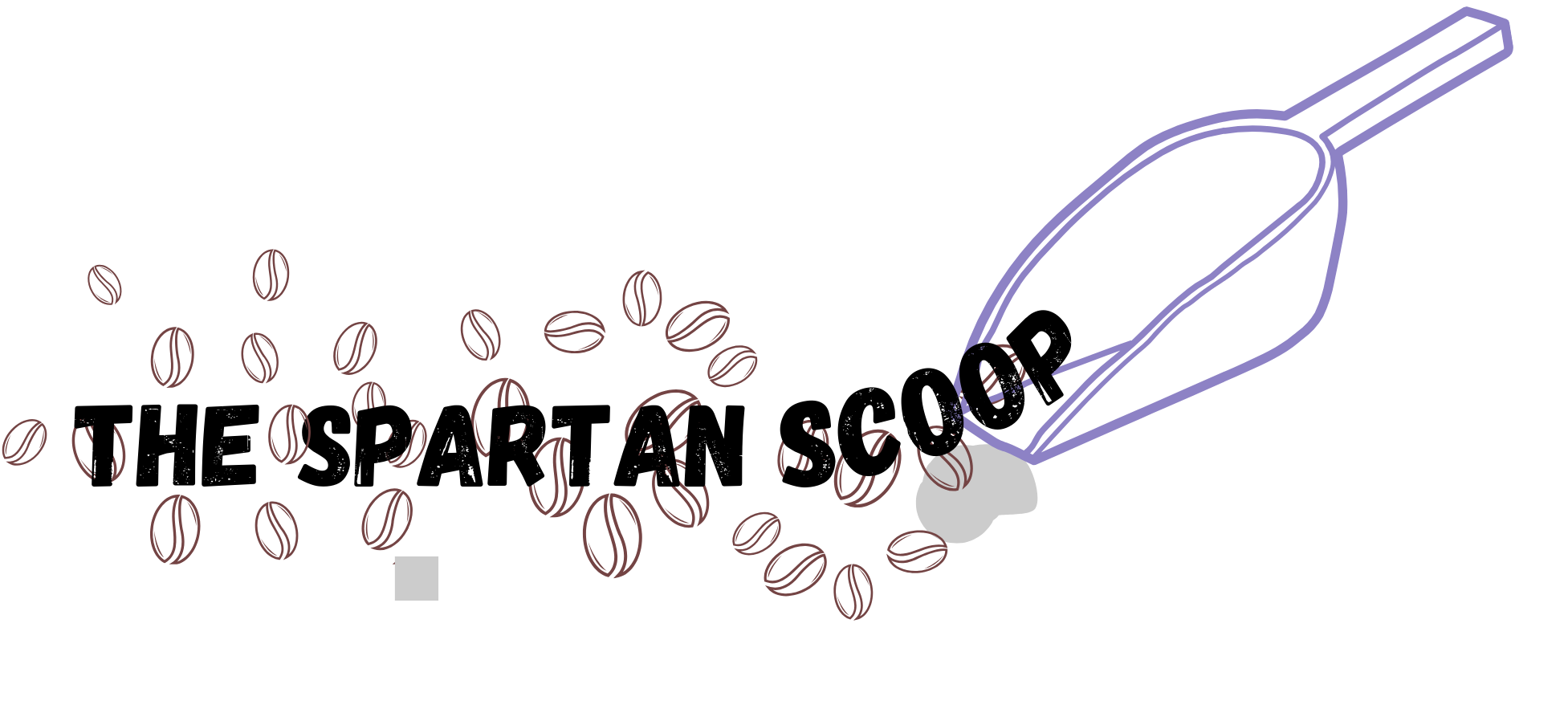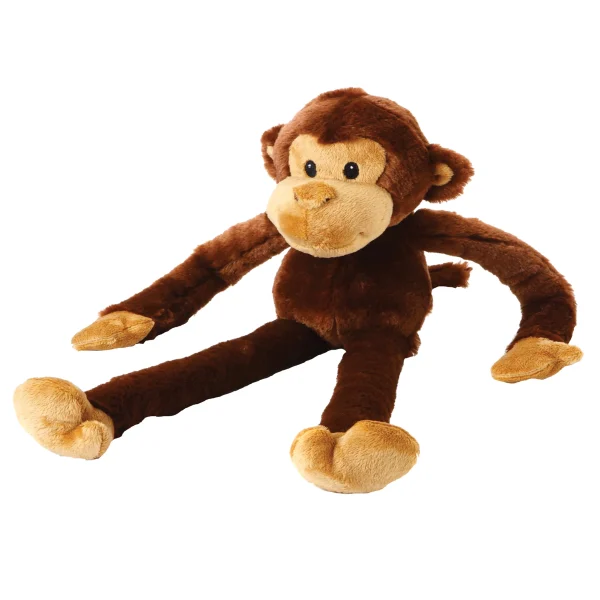Growing up, I’ve often heard of dog-centric stereotypes: the big ones are babies full of love, while small dogs are hellspawns.
This never sat right with me, though. In my eight-year-old mind, I figured that if I was a 2’4” furball, I would be loyally submissive.
Sadly, I also believed the inverse, leaving me terrified of golden-retrievers. It wouldn’t be until fourth grade that my fear was shattered.
It happened when I was being cornered by a golden-retriever. I was hyperventilating, almost quaking. I couldn’t believe that this 3’ 4” slobbering beast was herding me. I thought that in a few minutes I would end up with bruises, bites, and blood-soaked clothes.
Since then, I’ve believed all dogs have a little angle that lies dormant
But then, in the midst of my nightmare, I saw light. The retriever wasn’t baring teeth (or even growling) – she just had her tongue out, hoping for some pets.
Seeing my expectations fall apart was monumental for me. Since then, I’ve believed all dogs have a little angle that lies dormant, waiting until the right person arrives to let them shine.
This philosophy led to my first dog, Sasha. Then five years later, I accepted Max.
Over my five-year journey, I’ve learned a great deal. But now, I want to see if others had similar struggles with parenting. Fortunately, I have friends, and they were eager helpers. Without their fruitful endeavors, this article would’ve been leagues lamer.
MEET THE PARTICIPANTS
MAINTENANCE
The small dogs (Davids) tended to be higher maintenance. My dog, Sasha, has a problem with…relieving herself inside of the house. Matthew’s dog, Lily, also has this problem. Unfortunately, no matter how much potty training we do, they continue.
On the other hand, the big dogs (Max, Clea, Mia, Kayde, and Noelle) are/were easy to potty train.
As for baths, most of the contestants had random schedules. The dogs who got cleaned most were Kayde, Clea, and Lily (receiving baths every 2 to 3 weeks). The rest of the contestants only got bathed when they needed it.
The participants were also a virtual bingo card when it came to exercise. Max, Noelle, and Sasha were the most fit, getting two walks daily. The rest of the participants were compensated with backyard time.
The big dogs also tend to eat a lot: according to my and Matt’s experience, if we don’t limit our dog’s food they’ll just continue eating. This has led me to buy two 44 pound bags of dog chow monthly.
Fortunately, stuffing the participants isn’t the only option. Matt has found it effective to give Clea and Kayde one bowl of kibble in the morning and one bowl in the afternoon.
Overall, there was little difference in the monthly expenses of the participants. Max’s monthly average was $101, while Sasha’s was only three dollars less. The outlier was Noelle, costing Elizabeth anywhere from $100 up to $200. These estimates include toys, treats, and dog food.
CHARMS
Sasha and Anne both support the stereotype of big bark, little bite. They also propagate the idea that small dogs are “one-person” dogs…meaning that they choose one person as their emotional and central hub.
On the “big bark, big bite spectrum”, you have Mia, Cade, Noelle, and Max, who broadcast the stereotypical big dog’s need for strenuous exercise. Mia, Cade, and Max all go crazy when they spot an animal and can stay energized for minutes after the “invader” leaves.
The big dogs (Max, Kayde, and Clea) also share an “innocence”. This “innocence” is characterized by unwavering happiness…and a overwhelming lack of understanding basic concepts.
Another thing the big dogs had in common is their sorrowful look. This stare is showcased when the dog’s in a jam, but doesn’t know what to do.

Max and Charlie were notorious for employing
the classic “puppy dog eye” tactic.
Similarly, both Sasha and Lily have a unique guilt stare (particularly after soiling the area next to their wee pad instead of on it).

This is the hair raising stare of, “Sorry, I did something pretty wrong”.
CUDDLES
Apart from being able to lift the Davids, there were no major cuddle differences related to the participants’ sizes. Out of all the dogs I learned about, only Max and Mia disliked cuddling – the explanation for which could be that they both come from herding backgrounds (Blue Heeler and American Akita, respectively).
FRIENDLINESS
Just like cuddling, there is no correlation between size and friendliness. Even the two chihuahuas behave differently. Sasha looks for fights 24/7, while Lily “gets along famously with other dogs”. Max and Mia also break the mold, notoriously attacking anything on four legs.
On the flipside, Noelle, Clea, and Charlie, all follow the happy baby stereotype (Noelle in particular, as she constantly shows love for other dogs).
BARKING
Big dogs take the lead on barking. Max, Noelle and Kayde pour all their effort into barking every single chance they get.
As for the Davids…they’re pretty mixed up. In this regard, Sasha and Lily are night and day. Lily will calmly restrain from barking. Meanwhile, Sasha will wake up at 2am just to disturb the neighboring dogs (who, incidentally, aren’t even barking).
ZOOMIES
As for Max and Cade, their energy will last up to half an hour. Plenty of meters will be run…with more than enough surrounding animals being scared during that time.
Comically, the differences don’t end there. Both Max and Kayde will contract barely-noticeable Stage One zoomies from reuniting with their owner, even after only an hour of separation.
RECAP
There are plenty of similarities between big dogs and their smaller relatives. These comparatives range from similar living costs all the way up to an alarming dislike for new people.
However, just as there are similarities, there are differences. These differences boil down to public perception. There was no characteristic that separated the Goliaths from the Davids; all participants had their own mix of behaviors.
The only things all participants had in common were:
- the desire for proximity to their owner
- specific comfort needs in regard to their environment
- a heart of gold…for at least one person





















